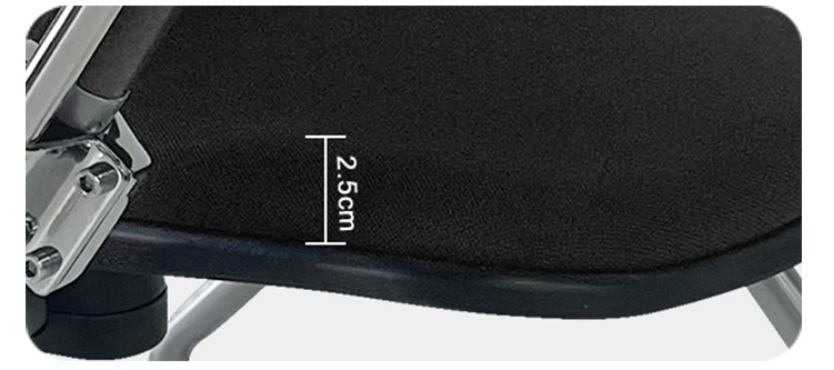Meeting Room Chair Dimensions - Comprehensive Guide for Companies
When it comes to designing a functional and comfortable meeting space, the dimensions of meeting room chairs play a crucial role in ensuring both the aesthetics and ergonomics of the environment. Various companies have recognized the significance of these dimensions in enhancing the overall meeting experience. Here, we will discuss the importance of chair dimensions, considerations for selecting the right chairs, and the impact on productivity and comfort.
The dimensions of meeting room chairs typically include seat height, seat width, seat depth, and backrest height. Standard seat heights range between 16 to 20 inches from the ground, accommodating diverse body types and facilitating ease of movement. The width of the seat is generally around 18 to 24 inches, while a seat depth of 15 to 18 inches can support various seating preferences. Moreover, the height and angle of the backrest should provide adequate lumbar support to ensure comfort during extended meetings.
Companies specializing in office furniture, such as Steelcase, Herman Miller, and HNI Corporation, have developed ergonomic chairs that align with these recommended dimensions. Their products prioritize not only comfort but also adaptability, ensuring that chairs can accommodate a wide range of users. For instance, chairs with adjustable seat height and customizable armrests help users find their perfect fit, ultimately leading to better posture and reduced fatigue.
In selecting chairs for meeting rooms, companies should also consider aesthetic alignment with their branding. The color, material, and overall design of chairs can greatly impact the ambiance of a meeting space. Sleek and modern designs may convey a forward-thinking culture, while more traditional styles could communicate stability and reliability. Thus, companies must balance ergonomic needs with design elements that reflect their identity.
meeting room chair dimensions companies

Beyond comfort and aesthetics, the dimensions of meeting room chairs affect the dynamics of group interactions. Ideal chair dimensions promote inclusivity, allowing all participants to engage comfortably without feeling restricted. A good meeting experience encourages open dialogue and collaboration, enhancing team productivity and creativity. Conversely, cramped seating arrangements or poorly designed chairs can lead to distractions, reducing overall effectiveness.
Furthermore, companies are increasingly adopting flexible seating arrangements in their meeting rooms, such as modular seating or collaborative workspaces. This trend emphasizes the importance of furniture flexibility to accommodate various meeting formats—whether formal presentations or brainstorming sessions. With chair designs that allow for easy rearrangement, companies can foster more dynamic and interactive meetings.
In conclusion, the dimensions of meeting room chairs are pivotal in creating a productive and inviting meeting environment. Companies must pay close attention to chair specifications while also integrating elements of design and flexibility into their selections. By prioritizing ergonomics and comfort, organizations can enhance employee engagement, foster collaboration, and ultimately drive business success. Investing in the right meeting room chairs is not just about aesthetics; it is about creating an environment that encourages creativity and productivity for all team members.
share:
-
Multi Colored Modular SofasNewsJul.07,2025
-
Enhance Seating Experience with Chair AccessoriesNewsJul.07,2025
-
Enhance Four Legged Chairs with WheelsNewsJul.07,2025
-
Elevate Your Workspace with Luxurious Boss ChairsNewsJul.07,2025
-
Discover Comfort of Compression SofaNewsJul.07,2025
-
Training Chairs Aim To Provide A Fully Functional And Flexible Workspace For Various Training, Educational, Or Collaborative ActivitiesNewsJun.06,2025
-
The Big Boss Office Chair Aims To Provide Comfort And Support For Individuals In Management Or Leadership PositionsNewsJun.06,2025









